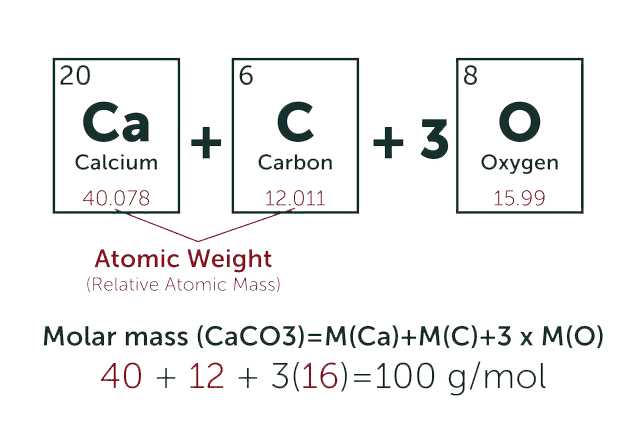Bivalirudin
* Please be kindly noted products are not for therapeutic use. We do not sell to patients.

| Category | Enzyme inhibitors |
| Catalog number | BBF-05780 |
| CAS | 128270-60-0 |
| Molecular Weight | 2180.32 |
| Molecular Formula | C98H138N24O33 |
| Purity | > 95% |
Online Inquiry
Capabilities & Facilities
Fermentation Lab
4 R&D and scale-up labs
2 Preparative purification labs
Fermentation Plant
Semi pilot, pilot and industrial plant 4 Manufacturing sites 7 Production lines at pilot scale 100+ Reactors of 30-4000 L; 170+ reactors of 20 KL-30 KL; 24+ reactors of >100 KL 2 Hydrogenation reactors (200 L, 4Mpa and 1000L, 4Mpa)
Product Description
Bivalirudin is a specific and reversible direct thrombin inhibitor (DTI). It is a synthetic congener of the naturally occurring drug hirudin. It is a DTI that overcomes many limitations seen with indirect thrombin inhibitors, such as heparin. It is a short, synthetic peptide that is potent, highly specific, and a reversible inhibitor of thrombin. It inhibits both circulating and clot-bound thrombin, while also inhibiting thrombin-mediated platelet activation and aggregation. It has a quick onset of action and a short half-life. It does not bind to plasma proteins (other than thrombin) or to red blood cells. Therefore, it has a predictable antithrombotic response. It does not require a binding cofactor such as antithrombin and does not activate platelets.
- Specification
- Properties
- Reference Reading
- Price Product List
| Synonyms | Hirulog; Hirulog I; Angiomax; Hirulog-1; Hirulog1; Hirulog 1; BG8967; BG 8967; BG-8967; LS-172701; LS172701; LS 172701 |
| Sequence | FPRPGGGGNGDFEEIPEEYL |
| Storage | Store at -20°C |
| IUPAC Name | (2S)-2-[[(2S)-2-[[(2S)-2-[[(2S)-2-[[(2S)-1-[(2S,3S)-2-[[(2S)-2-[[(2S)-2-[[(2S)-2-[[(2S)-2-[[2-[[(2S)-4-amino-2-[[2-[[2-[[2-[[2-[[(2S)-1-[(2S)-2-[[(2S)-1-[(2R)-2-amino-3-phenylpropanoyl]pyrrolidine-2-carbonyl]amino]-5-carbamimidamidopentanoyl]pyrrolidine-2-carbonyl]amino]acetyl]amino]acetyl]amino]acetyl]amino]acetyl]amino]-4-oxobutanoyl]amino]acetyl]amino]-3-carboxypropanoyl]amino]-3-phenylpropanoyl]amino]-4-carboxybutanoyl]amino]-4-carboxybutanoyl]amino]-3-methylpentanoyl]pyrrolidine-2-carbonyl]amino]-4-carboxybutanoyl]amino]-4-carboxybutanoyl]amino]-3-(4-hydroxyphenyl)propanoyl]amino]-4-methylpentanoic acid |
| Canonical SMILES | CCC(C)C(C(=O)N1CCCC1C(=O)NC(CCC(=O)O)C(=O)NC(CCC(=O)O)C(=O)NC(CC2=CC=C(C=C2)O)C(=O)NC(CC(C)C)C(=O)O)NC(=O)C(CCC(=O)O)NC(=O)C(CCC(=O)O)NC(=O)C(CC3=CC=CC=C3)NC(=O)C(CC(=O)O)NC(=O)CNC(=O)C(CC(=O)N)NC(=O)CNC(=O)CNC(=O)CNC(=O)CNC(=O)C4CCCN4C(=O)C(CCCNC(=N)N)NC(=O)C5CCCN5C(=O)C(CC6=CC=CC=C6)N |
| InChI | InChI=1S/C98H138N24O33/c1-5-52(4)82(96(153)122-39-15-23-70(122)92(149)114-60(30-34-79(134)135)85(142)111-59(29-33-78(132)133)86(143)116-64(43-55-24-26-56(123)27-25-55)89(146)118-67(97(154)155)40-51(2)3)119-87(144)61(31-35-80(136)137)112-84(141)58(28-32-77(130)131)113-88(145)63(42-54-18-10-7-11-19-54)117-90(147)66(45-81(138)139)110-76(129)50-107-83(140)65(44-71(100)124)109-75(128)49-106-73(126)47-104-72(125)46-105-74(127)48-108-91(148)68-21-13-38-121(68)95(152)62(20-12-36-103-98(101)102)115-93(150)69-22-14-37-120(69)94(151)57(99)41-53-16-8-6-9-17-53/h6-11,16-19,24-27,51-52,57-70,82,123H,5,12-15,20-23,28-50,99H2,1-4H3,(H2,100,124)(H,104,125)(H,105,127)(H,106,126)(H,107,140)(H,108,148)(H,109,128)(H,110,129)(H,111,142)(H,112,141)(H,113,145)(H,114,149)(H,115,150)(H,116,143)(H,117,147)(H,118,146)(H,119,144)(H,130,131)(H,132,133)(H,134,135)(H,136,137)(H,138,139)(H,154,155)(H4,101,102,103)/t52-,57+,58-,59-,60-,61-,62-,63-,64-,65-,66-,67-,68-,69-,70-,82-/m0/s1 |
| InChI Key | OIRCOABEOLEUMC-GEJPAHFPSA-N |
| Appearance | White to Off-white Powder |
| Density | 1.52 g/cm3 |
| Solubility | Soluble in DMSO |
| BBF-04727 | Strigolactone GR24 | Inquiry |
| BBF-03753 | Baicalin | Inquiry |
| BBF-04624 | Sulbactam Sodium | Inquiry |
| BBF-03816 | Milbemycin oxime | Inquiry |
| BBF-00693 | Ansamitocin P-3 | Inquiry |
| BBF-05877 | Coenzyme Q10 | Inquiry |
Bio Calculators
Concentration (start) x Volume (start) = Concentration (final) x Volume (final)
It is commonly abbreviated as: C1V1 = C2V2


